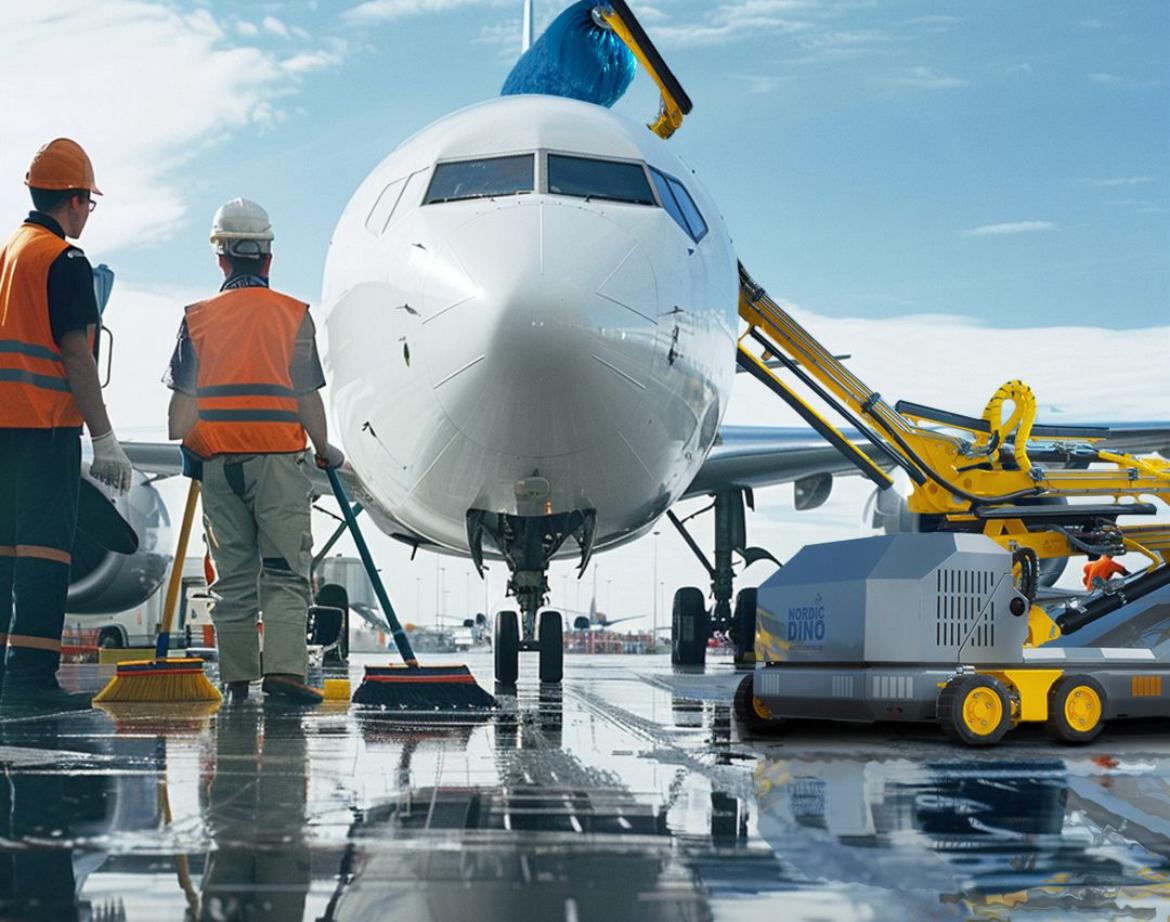
Insect season: an overlooked threat to aircraft efficiency
The put up Insect season: an overlooked threat to aircraft efficiency appeared first on TD (Travel Daily Media) Travel Daily Media.

Research exhibits that insect accumulation on an aircraft’s laminar movement space and enhance gas consumption by 1.1% to 4.4%, with contamination ranges as little as 400 bugs creating measurable drag penalties.
The hidden prices of contamination
During insect season, bug residue tends to construct up rapidly on the nostril, wings, and ahead sections of aircraft. Without correct aircraft exterior cleansing, the drag they produce counteracts the drive of thrust generated by engines and the elevate generated by wings. This will increase gas consumption, creating further operational bills for airways.
According to an in depth research by the German Aerospace Center (DLR), insect accumulation on pure laminar movement (NLF) wings may cause vital gas penalties. The research confirmed that contamination ranges of about 400 bugs can enhance gas consumption by roughly 1.1% for shorter flights (~750 km) and up to 4.4% for longer missions.
“Given that fuel typically accounts for 25-30% of an airline’s total operating expenses, even a 1-4% increase in fuel burn due to insect contamination can cost airlines millions of dollars, especially for fleets with many daily flights,” says Veronika Andrianovaite, Chief Commercial Officer of Nordic Dino Robotics.
The insect downside
The threat of insect contamination is often restricted to operational phases shut to the bottom. Even throughout important phases of flight, the aircraft velocity is excessive sufficient to trigger a rupture of the insect physique.
“It is estimated that 50-60 % of the insects are collected during the ground run and the balance at low altitude during climb out, final approach and landing,” Nordic Dino professional explains. “Depending on insect size, impact angle and impact speed, insect residue can account for up to a fourth of an aircraft’s overall contamination.”
Insect exercise for air journey has distinct regional and seasonal patterns. According to Andrianovaite, it reaches its peak throughout hotter months:
“In Europe, for instance, it’s spring and summer. In many parts of Asia, it is linked to the monsoon season, which typically brings increased rainfall and humidity and can last until October.”
An answer that works
Given the fee influence of insect contamination, frequent aircraft cleansing turns into important throughout peak insect exercise intervals. With airways at the moment in excessive season throughout many areas, environment friendly cleansing options are important for sustaining operational efficiency.
Robotic aircraft cleansing tools gives a quick and protected resolution to take away contaminants, together with useless bugs – particularly essential throughout high-frequency, warm-weather operations when insect buildup accelerates, says Andrianovaite:
“Using modern aircraft washing robots, such as the Nordic Dino, can help to reduce aircraft exterior cleaning times by up to 80%,” “For wide-body airliners like the Airbus A330 and the Boeing 777, the time spent on exterior cleaning can be shortened from 8 to 4 hours, and for narrow-body jets like the Boeing 737, the required aircraft-on-ground (AOG) time is reduced from 3 to 1 hour.”
Aircraft washing robots get rid of lengthy hours of handbook labor-intensive washing procedures. In an business that requires the best ranges of efficiency, these options carry severe long-term advantages – ensuring tiny bugs don’t create large issues for efficiency and profitability.
The put up Insect season: an overlooked threat to aircraft efficiency appeared first on Travel Daily Media.
